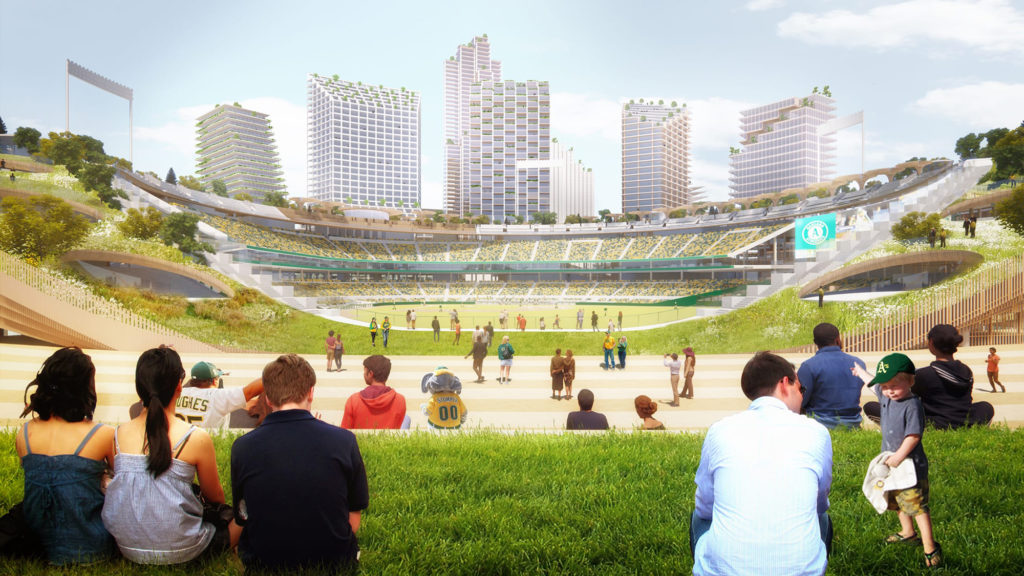
As 2022 begins, the pro baseball world faces a slew of challenges, as the industry grapples with issues of their own making and other imposed by circumstances beyond its control. Here are the four stories we’ll be closely following this year.
Addressing Labor Woes
The issue sure to dominate discussions and headlines in January—and potentially in months after that—is MLB’s labor issues their impact on the coming season. With the previous Collective Bargaining Agreement between the players association and MLB expiring in December and MLB subsequently imposing a lockout, the sport is at a standstill, with no free-agency signings, no contact with players, and no offseason headlines to drive ticket sales and sponsorships. While there were low-level meetings between players and MLB officials to address areas representing little in the way of conflict, the big issues confronting the sport remain, including service time manipulation, declining payrolls, tanking, free agency, an increasing reliance on lower-paid younger talent to the detriment of older vets, and potential salary caps. MLB teams have shrewdly moved many revenues into streams outside the reach of players, such as returns on investment in ballpark-related development, and the players want access to that piece of the money pie. And while there was plenty of posturing when the lockout was imposed on players, it’s been relatively quiet since. We don’t expect that silence to continue: the widely held view in the industry is that a deal needs to be reached by Feb. 1 to avoid delays in spring training and the regular season.
Which is exactly what the sport does not need after two years of reduced revenues and struggles to bring fans back to the ballpark in the age of COVID-19. We’re in a tremendously transitional time in the sport, with revenues from regional sports networks—a cornerstone of MLB’s revenues in recent years—compromised in a new streaming era (more on that later) and the strong likelihood that bringing fans back to the ballpark remains challenging due to COVID. Everyone craves normalcy, and right how the lockout represents a direct affront to the whole notion of normalcy. It is in everyone’s best interests to come to a deal and not impact the expected and familiar rhythm of the baseball season.
MiLB’s Transitional Year
The last two years have been transitional times not only for MLB, but for Minor League Baseball as well. MLB teams did see revenues in 2020, but MiLB teams by and large did not: there was limited play at the indy level, but not at the MiLB level, with teams scaling back operations. Some MiLB owners kept payrolls intact in 2020 to prep for 2021, but many did not. When play did resume in 2021, they did so under new MLB management, which immediately foisted new increases costs onto MiLB teams in terms of new facility guidelines and the shifting of other costs from MLB parents to MiLB affiliates.
You’ve seen many MiLB owners struggle to survive the past two years, and those challenges will continue in 2022. The facility upgrades still loom large for most teams, and the continuing impact from COVID-19 will continue to be an issue: the rapid spread of the Omicron variant should peak well before the April launch of the MiLB season, but there are still plenty of fans out there not eager to hit the ballpark because of COVID. Staffing up game-day ops will also continue to be a challenge. Don’t be surprised if a few decide to sell their MLB licenses and transition to the lower-cost MLB Partner League model.
Streaming Happiness
We mentioned before that streaming will be a challenge in an industry that’s heavily relied on RSN revenues to date. And with the RSNs facing their own challenges, including losses of cable subscribers and the defection of advertisers, additional problems are looming. We saw MLB take steps in 2021 to transition to a streaming model, either run by the sport or in partnership with a third party, and that streaming future should come into focus at some time in 2022. Going directly to fans and bypassing the middlemen makes sense in the long term, but may cause some upheaval in the short term.
Ballpark Resolutions
Last—but certainly not least—in our overview of MLB challenges centers on the ballpark situations in Oakland and Tampa Bay, and we expect both to be resolved in some manner in 2022. (Famous last words!) The Oakland Athletics ownership has done a masterful job creating not one, but two scenarios for a new ballpark and associated development in both Oakland and Las Vegas. We’re still not seeing a clear path for the team yet, but at least it has options in both cities. For the Rays, they’re making progress on the unique proposition of playing home games both in Tampa and Montreal. Yes, there are plenty of challenges with such a plan, and it may end up being a huge fiasco. But the fact that the plan has reached this point is pretty amazing. And, once the ballpark situations are addressed, you can then move to the inevitable talk of MLB expansion, which would also expand the minor leagues.
This article first appeared in the Ballpark Digest newsletter. Are you a subscriber? Sign up here!
